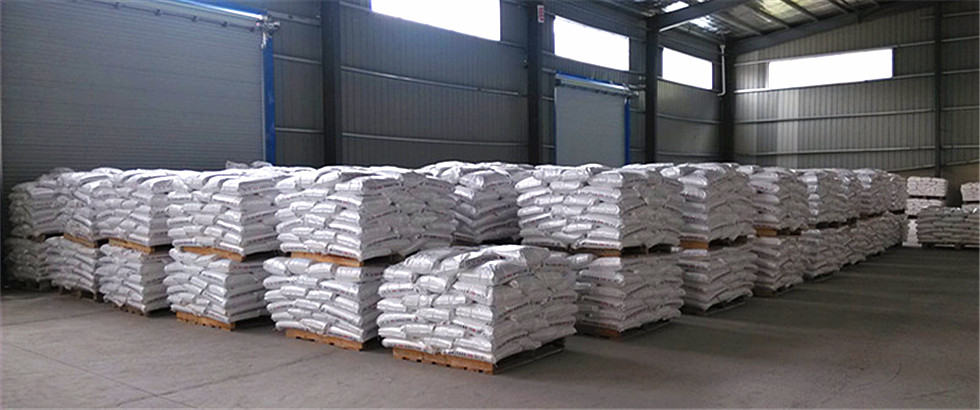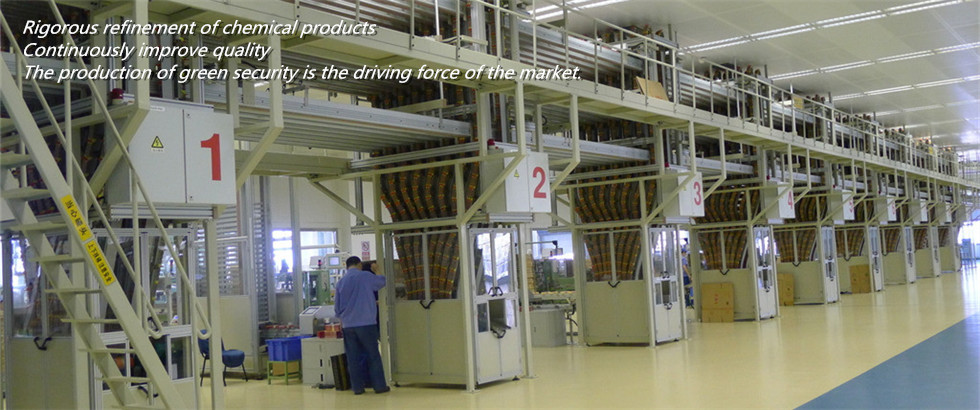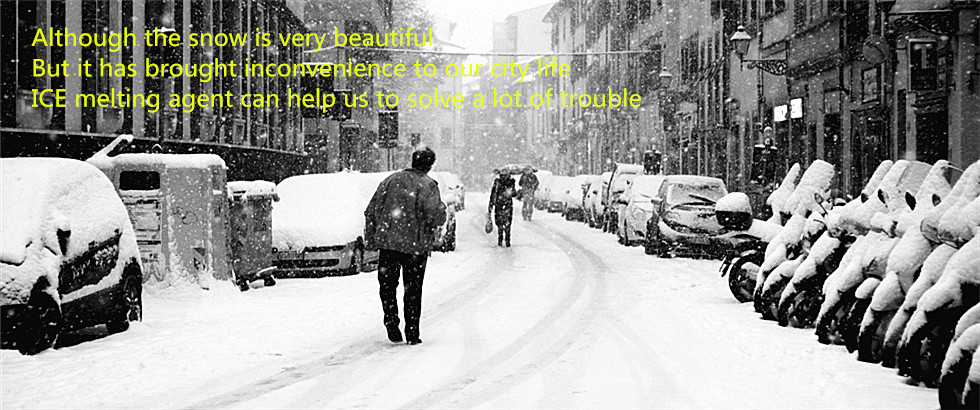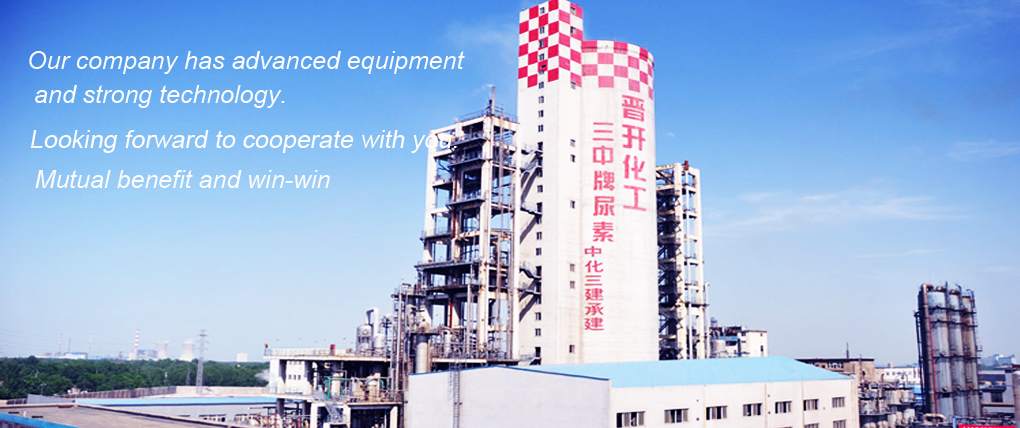
Product Center

Trades news

FAQ

Contact Us
| Tel: | 0086-0536-2110615 |
| Email: | Jack@qdtys.com |
| Adress: | No.5 zhongxue street, Weifang |

Tags

News
What is the use of ammonium bicarbonate?
2014-07-04 14:19:36
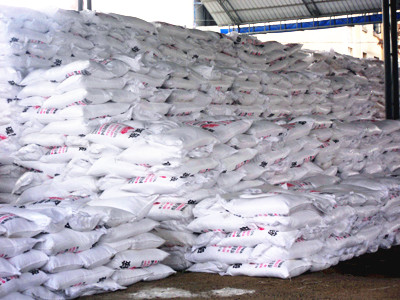
Ammonium bicarbonate is a carbonate of the formula NH4HCO3, about 17% nitrogen. Production of raw material is ammonium bicarbonate, ammonia, carbon dioxide and water, the reaction is:
NH3 + H2O - NH4OH + heat
NH4OH + CO2 → NH4HCO3 + heat
Ammonium bicarbonate is a colorless or light-colored compounds, grainy, plate or columnar crystals, specific gravity 1.57, density 0.75, compared with ammonium sulfate (0.86) is light, slightly heavier than granular urea (0.66) soluble in water, 0 when ℃ solubility of 11.3%; 20 ℃ when 21%; 40 ℃ when 35%.
Difficult to see from the chemical formula of ammonium bicarbonate, ammonium bicarbonate which N (nitrogen) elements. So you can put as a fertilizer ammonium bicarbonate (nitrogen) is used. Its common name of "ammonium bicarbonate", "bicarbonate", "carbon ammonia" and so on. Pure bicarbonate content of about 17.72% nitrogen.
Ammonium bicarbonate is not very chemically stable. Thermal decomposition of ammonium bicarbonate is easy to produce ammonia (NH3), water (H2O), carbon dioxide (CO2). Which has a special ammonia smell of ammonia, so there will be a pungent odor in the long pile of fertilizer ammonium bicarbonate place.
Because ammonium bicarbonate is a carbonate, so must not be placed together and acid, because acid can react to produce carbon dioxide and ammonium bicarbonate, ammonium bicarbonate so bad. But there are also rural energy use of ammonium bicarbonate and acid reaction of this nature, the ammonium bicarbonate placed in vegetable greenhouses, will shed sealed and placed in high bicarbonate, dilute hydrochloric acid. At this time, the reaction of hydrochloric acid and ammonium bicarbonate will produce ammonium chloride (NH4Cl), water (H2O) and carbon dioxide (CO2). Carbon dioxide can promote plant photosynthesis, increase vegetable production, ammonium chloride can be generated again as fertilizer.
The chemical formula of bicarbonate ions with ammonium (NH4 +, i.e. with a positive charge), an ammonium salt, and the salt and the base may not put a supply, and so avoid bicarbonate NaOH (caustic soda common name , caustic soda, caustic soda) or Ca (OH) 2 (common name slaked lime, slaked lime) together. Because of ammonium and alkali heat will generate ammonia to make fertilizer failure.
Bicarbonate in water alkaline reaction. Volatile, there is a strong pungent odor. 10 ~ 20 ℃, the difficult to break down, 30 ℃ at the beginning of a large number of decomposition. The majority of our region's major crops fertilizing season from May to October, during which the average temperature of 200C or more, coincided with the beginning of more decomposition of ammonium bicarbonate turning point, measures must be taken when administering various anti volatile.
Ammonium bicarbonate fear of "hot" too afraid "wet", because production can not be heated and dried by the conventional method, the products are often hygroscopic water ammonium bicarbonate, ammonium bicarbonate molecules cause deliquescence, resulting ammonium bicarbonate lumps under the sealed package, when open accelerated evaporation.
Advantages of ammonium bicarbonate mainly in the agricultural nature. Ammonium bicarbonate is no (S) acid radical nitrogen fertilizer, nutrients are the three components of its crop, does not contain harmful intermediates and final decomposition products, long-term application does not affect the soil, is one of the safest nitrogen fertilizers.
Another feature is its ammonium bicarbonate ion sorption soil particles more easily, so after the loss of their buried facilities with easy infiltration of water, leaching, and only one-tenth of one-third of the other nitrogen fertilizers. Therefore, as long as ammonium bicarbonate can be more fully contact with the soil, the soil particles are sufficiently sorption, volatilization after application of nitrogen is not higher than the other. Under some conditions, such as in calcareous soils, after deep application can also reduce evaporation losses than other nitrogen fertilizers.
Application: suitable for basal ammonium bicarbonate, also used as fertilizer, but have deep application. There are several commonly used methods:
① not encouraged farmers to leave the water and the first loam, fertilizer seedlings after fertilization principle that is buried deep application of ammonium bicarbonate to leave the soil and water, and continue to hold soil particles being sucked for fertilizer on crops. Deep application in many ways, such as basal BEDDING deep application, all deep application layer, layered deep application; make dressing for Summer and fertilizing and so on. Reciprocating jobs which combine deep application for basal ammonium bicarbonate, more convenient and high efficiency, stable fertilizer. For dry crops such as wheat, corn for fertilizer deep placement, the effect is good, but should be noted that the appropriate dosage to prevent burning seedlings, irrigation should be combined in order to give full play to their fertility.
② principle of avoiding the hot season and high bicarbonate administered during the season as far as temperatures less than 20 ℃ administration, administration of the day as far as possible in the morning, when the lower night temperatures, can significantly reduce the volatile decomposition when applied to improve fertilizer efficiency. Advocate bicarbonate administered with other nitrogen fertilizers, such as ammonium bicarbonate as the basal for low season, urea, ammonium sulfate, etc. for dressing for the hot season. With the development of China's chemical fertilizer industry, ammonium bicarbonate proportion of nitrogen in agriculture will likely gradually reduced, stabilized by high concentrations of other nitrogen fertilizers replaced, but bicarbonate remain for quite some time in our country as an important nitrogen species, can not be ignored.

